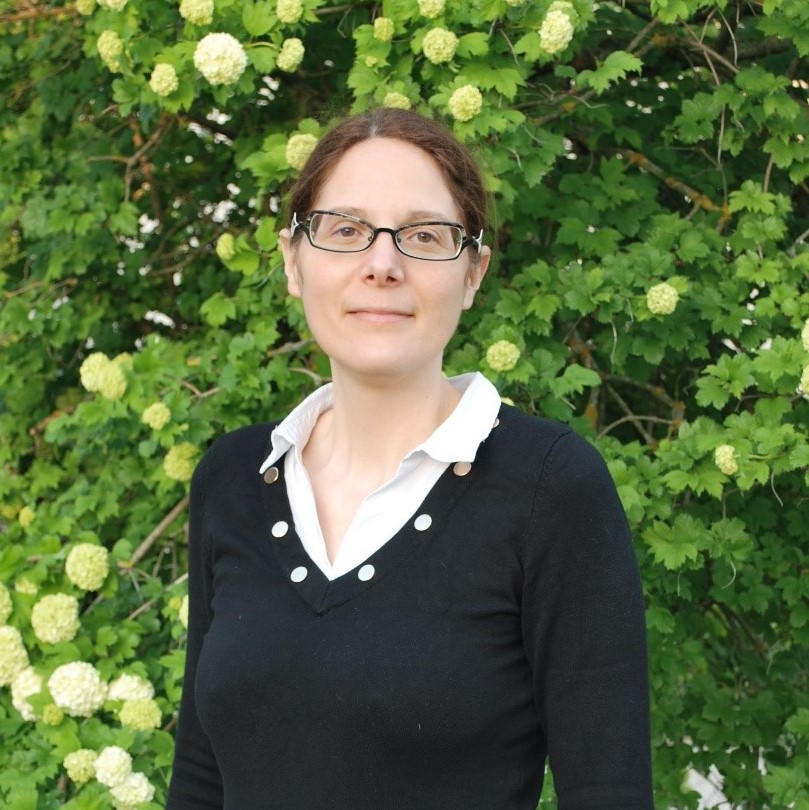I received my PhD degree, speciality Materials Science and Engineering, from the University of Grenoble (France) in 2004. After three years of experience in different laboratories in France, I joined the CNRS at the Groupe de Physique des Matériaux (GPM) laboratory in Rouen (France) in 2007 and then the Conditions Extrêmes Matériaux : Haute Température et Irradiation (CEMHTI) laboratory in Orléans (France) where I still am since 2013. I focus my work on microstructural characterization from the nanometer to the atomic scale by transmission electron microscopy (TEM) and associated spectroscopies (EDS/EELS). Currently I am developing a TEM in-situ temperature approach to characterize the crystallization mechanisms occurring in oxide glasses.
In-situ temperature experiments in a Transmission Electron Microscope (TEM) : insights into crystallization mechanisms occurring in glasses.
Glass-ceramics are materials obtained from the controlled crystallization of glass. The term crystallization here encompasses nucleation and growth of one or more crystalline phases, that is to say the establishment of a long-distance periodicity, in an amorphous matrix. In order to control the innovative properties of glass-ceramics, it is essential to tailor their microstructure, namely the composition and size of the vitreous domains as well as the nature and geometric arrangement of the crystalline phases.1 For this purpose, it is necessary to master the crystallization mechanisms and therefore to understand them well. A set of techniques already make it possible to monitor these phenomena in situ versus temperature, such as XRD, Raman spectroscopy or DSC for example. Recently, we are seeking to develop a new approach which is in situ temperature experiments in a Transmission Electron Microscope (TEM). The advantages of this approach are to be able to visualize directly the different steps such as the possible modification of the glass, the nucleation then the growth of the crystals.2 It is also possible to rapidly cool the material during the experiment in order to analyse the microstructure in more detail by obtaining chemical and structural information at key points.
(1) J. Deubener et al., J. Non-Cryst. Solids, 501, (2018), 3-10
(2) A. Zandonà et al., Cryst. Growth Des., 23, (2023), 4545-4555

Extreme Conditions and Materials: High Temperature and Irradiation (CEMHTI) / CNRS
Address: 1D avenue de la Recherche Scientifique, 45071 Orléans, France
Email: cecile.genevois@cnrs-orleans.fr
